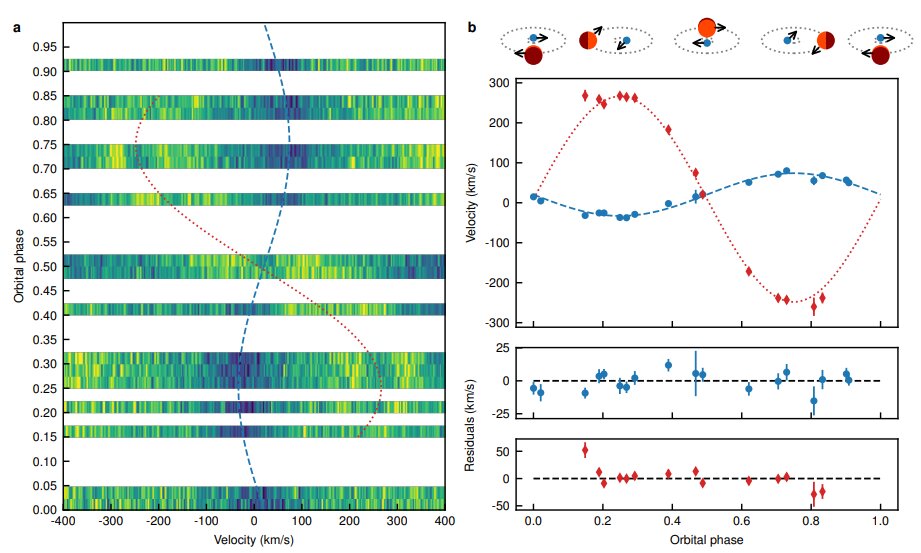
An international team of astronomers has discovered a planet-like object that is hotter than the sun. Their report has been accepted for publication in the journal Nature Astronomy and is currently available on the arXiv pre-print server.
Brown dwarfs are sometimes called failed stars and do not qualify for the category of either a planet or a star. In this new effort, the researchers have identified one that orbits a star so closely that its temperature is hotter than our sun.
The brown dwarf was spotted orbiting a low-mass white dwarf called WD0032-317, a star with just 40% the mass of our sun, but that is hotter, with a temperature of approximately 37,000 Kelvin (the surface of the sun is approximately 5,778 Kelvin). The brown dwarf was subsequently named WD0032-317B and its temperature was found to be approximately 8,000 Kelvin, much hotter than other brown dwarfs, due to its proximity to the star.
WD0032-317 was first observed in early 2000 by a team studying data from the European Southern Observatory’s Very Large Telescope. Researchers noted that something was tugging on the star, suggesting it had a companion. The team on this new effort found that it was a brown dwarf, not a companion star. Its mass is approximately 75 to 88 Jupiters and it orbits rapidly around its star, with a period of just 2.3 hours.
They also note that the brown dwarf is tidally locked, which results in hot temperatures on one side (approximately 7,250 to 9,800 Kelvin) and cooler temperatures on the other (approximately 1,300 to 3,000 Kelvin). The temperatures on the hot side are approximately 5,100 Kelvin hotter than any other known giant planet. That makes WD0032-317B the hottest known brown dwarf and hotter than any known planet. This, the researchers suggest, could yield information about how hot stars cause companion objects to evaporate. https://phys.org/news/2023-06-discovery-brown-dwarf-hotter-sun.html








Recent Comments